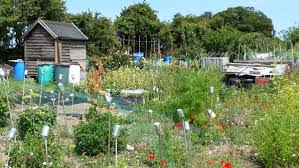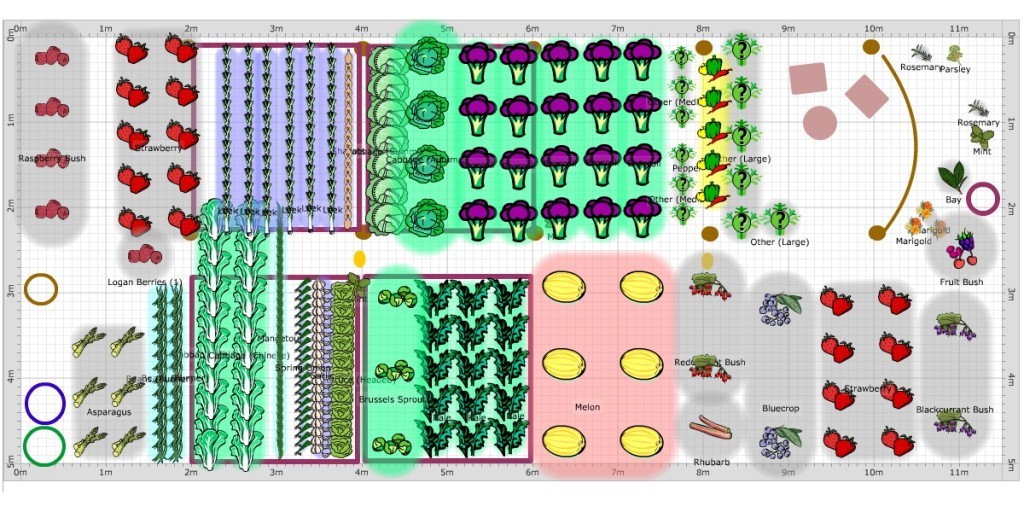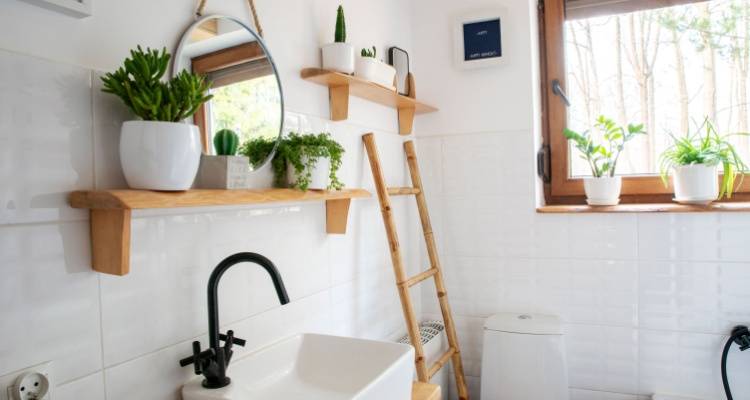Bringing your Allotment to Life
As with most gardening tasks, good preparation will make all your gardening easier, but this is especially true when it comes to laying out an allotment plot and preparing the soil. Your main objectives when bringing an allotment plot that requires no work, but it is much more likely that the plot will be overrun with perennial
weeds. Some gardeners actually prefer having a blank canvas starting from scratch, as this allows them to decide how the plot will be laid out.
The first thing to do when bringing an allotment back to life is to plan and prepare the plot. Start by making a plan of the plot, including all the design features that you want to include. The best allotment designs will have four growing areas of a similar size to allow crop rotation, plus areas set aside for permanent plantings which could include fruit trees and vegetables such as asparagus and artichokes. Don’t forget to include paths in your plan which should be at least 500mm wide (this greatly reduces the amount of digging required by avoiding walking on growing areas), plus a compost area and space for a shed, greenhouse or cold frame if required. Please note however that most local authorities will require that you get permission before erecting any buildings including sheds. You should allow up to 1.5 metres between paths as this allows you to reach the middle of each bed without stepping on it. Finally, you may want to consider an insect hotel or other area to encourage pollinators and pest predators.
Begin preparing the plot by cutting back any vegetation right back to the ground using a strimmer, then mark out the areas planned for beds, paths, compost bins and other features using pegs and string, then get digging the beds to loosen the soil (only in beds not where the shed, greenhouse or paths will be created). Double digging is recommended, it will obviously take longer, but done properly it could last time you use a spade other than to lift crops for many years! Double digging loosens the subsoil for improved drainage and makes it easier for plant roots penetrate, but without mixing it with the humus-rich topsoil. Begin by digging out a trench the depth and width of the spade, then pile up the soil beyond the far end of the bed, this is a good time to remove any weeds from the soil and place them on the compost heap. Then use a fork to loosen the soil at the base of the trench while working in some grit and compost to help open up the soil for good drainage. Repeat this process a trench at a time until the bed is completed then rake the soil that you removed earlier back into the bed -taking care not to walk on it and undo much of your good work!
Two or three weeks before planting in the beds, add a general NPK fertilizer such as Blood, Fish and Bone in a top dressing of around 50g per square metre (don’t overdo it as too much fertilizer is bad for plants). Adding a good mulch will help stifle many weeds, plus any that get through will be easy to pull out if you have dug the soil properly, so remove them before planting seeds. Any of the vegetable and herb seeds you find in garden centres can be grown in most areas throughout the UK, although some plants may require a greenhouse outside of the summer months. Simply follow the instructions on the seed packet. The type of soil will vary across allotments and some vegetable and fruit varieties will do better on one type of soil than another. So learn about your soil and adapt your planting to suit it.
Many gardeners fail to understand the time required to keep an allotment and may have difficulty in keeping up. It is best to start preparing the plot in the autumn for the coming year by doing a little digging each weekend, so that the allotment is ready for planting in spring. There may be a few crops to plant in February and March, but the bulk of the planting takes place in the Spring. The best method is to spend an hour or two each day in the allotment, rather than leaving everything to the weekend, you'll find it easier this way to keep on top of maintenance, planting and digging required.
Last updated by MyJobQuote on 4th January 2017.










